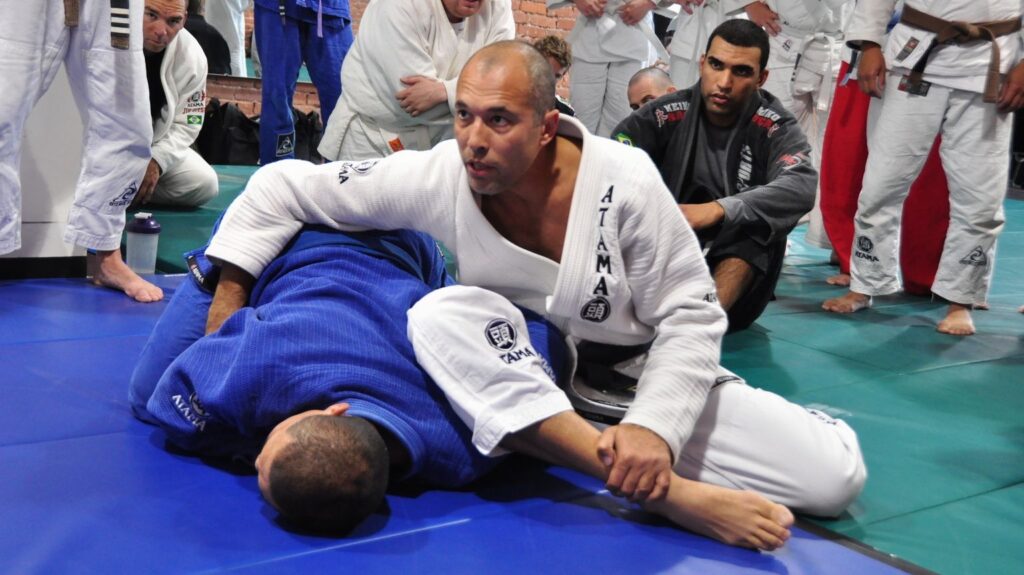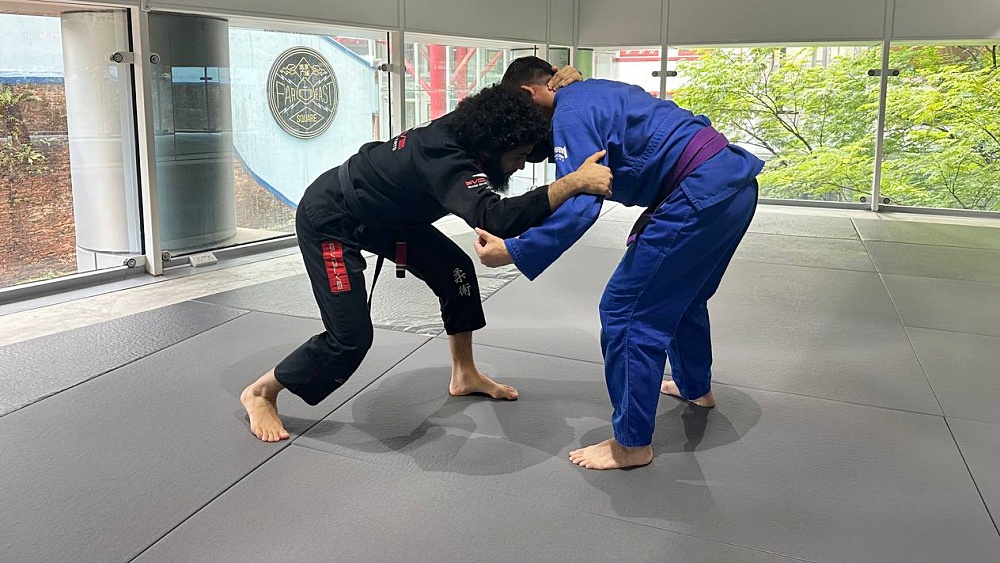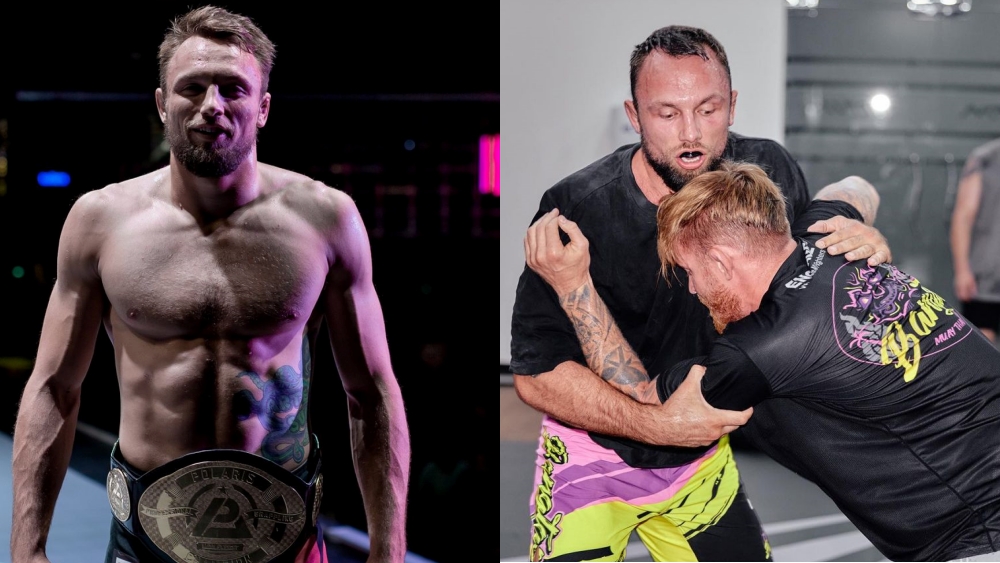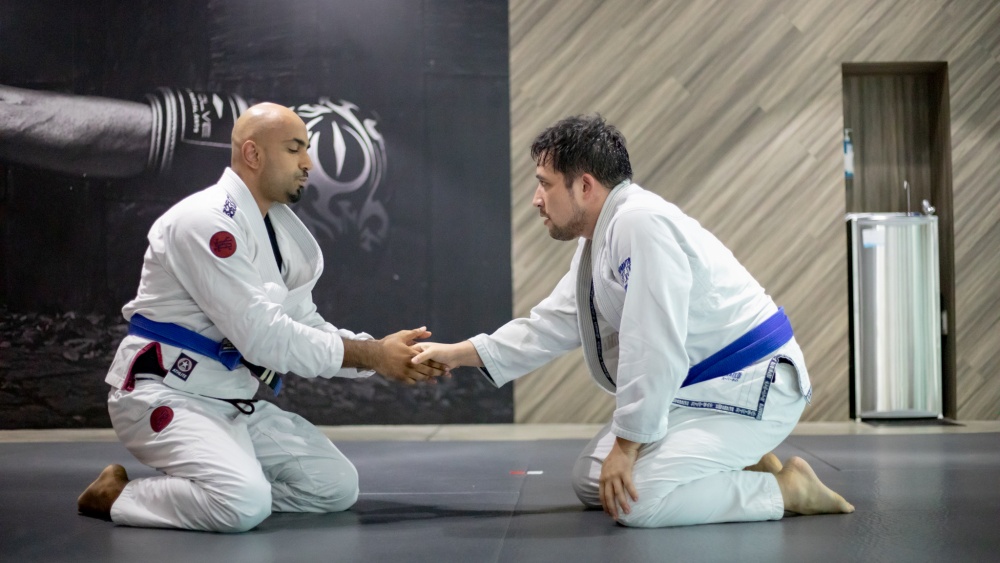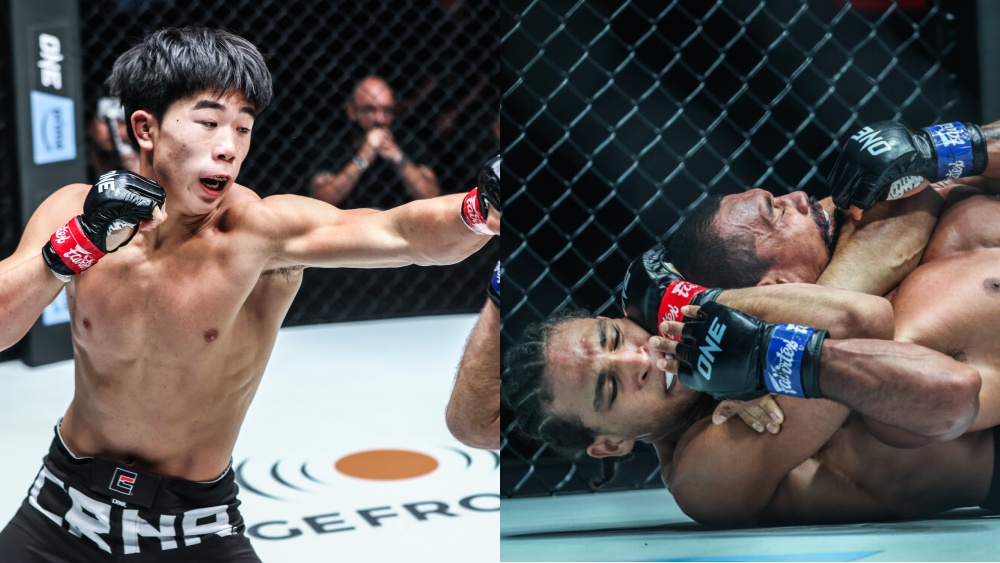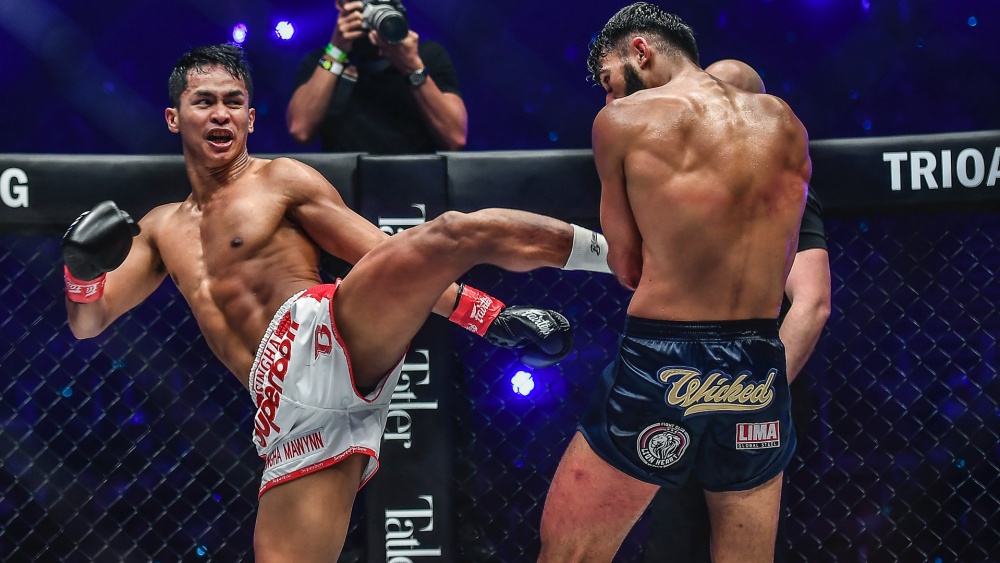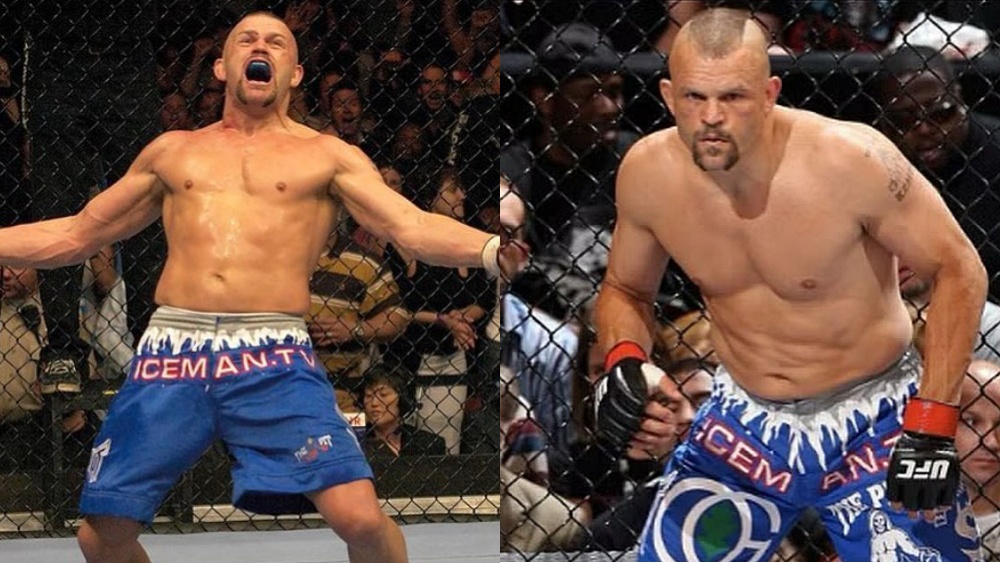BJJ has a steep learning curve. In other words, it takes much longer to get good at BJJ than other sports. Even experienced athletes often have trouble with BJJ when they first get started. Therefore, if you are new to BJJ and find it difficult, don’t worry! It’s perfectly normal to struggle as a beginner. However, as with all activities, some skills in BJJ are harder to master than others. While some of the most effective BJJ submissions, such as the rear naked choke, are relatively easy to get the hang of, others can take years to master. In this article, we examine 3 of the hardest BJJ submissions to master.
1) Gogoplata
The gogoplata is an attack that is applied from the rubber guard. The rubber guard is a non-standard BJJ guard developed by 10th Planet Jiu Jitsu founder, Eddie Bravo. Although a variation of the gogplata appeared in a book called “My Method of Judo” by Mikonosuke Kawaishi in 1955, Bravo is responsible for the resurgence of the submission. The gogoplata is a choke that is applied by placing one’s own shin bone in front of an opponent’s throat. Unlike chokes that target the carotid arteries, also known as “blood chokes,” the gogoplata targets the windpipe. Not only does this cut off the opponent’s air, but it is also extremely uncomfortable.
Why It’s Hard
The difficulty of the gogoplata is demonstrated by its rarity in competition. Very few BJJ or MMA fights have been finished with the gogoplata. There are several reasons why the gogoplata is a difficult submission. For one, it is typically performed from the rubber guard, which is difficult in its own right. One criticism of the rubber guard is that it requires a certain level of flexibility to establish. This also happens to be what makes the gogoplata difficult—it requires the person who applies it to have good leg flexibility. The move involves pulling one’s own leg all the way across a person’s body and under his or her chin. Some people simply can’t do this. However, some of this difficulty can be alleviated by changing the angle from which the move is performed. Either way, the gogoplata is a highly difficult submission to master.
2) Omoplata
The omoplata, also called the ashi sankaku garami (leg triangle entanglement) in judo and the coil lock in catch wrestling, is a technique in which the attacking student’s legs and hips are used to attack an opponent’s shoulder joint. The omoplata is similar to the Kimura lock. However, with the omoplata submission, the legs are used in place of a figure-four grip. The omoplata, which is believed to have originated in either catch wrestling or judo, became popular in BJJ in the 1990s due to its use by BJJ competitor Nino Schembri.
The omoplata is usually applied from the guard, and it is achieved by placing one leg under the opponent’s armpit and rotating 180 degrees. This results in the leg traveling over the opponent’s back and around his or her arm. The student applying the omoplata completes the submission by placing an arm around his or her opponent’s waist and exerting pressure on the opponent’s shoulder. In addition to being a strong submission, the omoplata can be used as a setup for armbars, sweeps, chokes, and other BJJ techniques.
Why It’s Hard
Although some BJJ competitors, such as Clark Gracie, specialize in the omoplata, it’s one of the rarer submissions at the highest level of BJJ competition. There are several factors that make the omoplata difficult. For one, it requires a big movement just to set up the move. As we noted above, in order to get into position to apply the omoplata, it’s necessary to spin 180 degrees. This large movement gives the opponent time to escape, making the omoplata difficult to pull off for many students. In addition, even after the omoplata is locked in, the person performing the submission must control the opponent’s posture with one arm to keep him or her from escaping. This can prove difficult, particularly against larger opponents. It is these factors that make the omoplata such a difficult submission.
3) The Darce Choke
The Darce choke (also known as no-gi brabo choke and the screw choke) is a powerful BJJ choke. The name Darce (or D’arce) refers to the American grappler Joe D’arce, who became famous for using this choke. However, the move appears to have originated with a Luta Livre competitor named Björn Dag Lagerström, who created the choke by accident. The Darce choke is performed by creating an inverted arm triangle position against an opponent. This choke targets the carotid arteries, restricting the blood flow to an opponent’s brain. In order to perform the Darce choke, the attacking student places his or her arms in a figure-four position around his or her opponent’s head and arm. Although performed using the arms instead of the legs, the Darce choke has the same effect as a triangle choke, using the attacker’s arm and the opponent’s shoulder to create pressure on both sides of the opponent’s neck. When performed to completion, this submission will temporarily cause an opponent to lose consciousness. The Darce choke is also a great position of control, and it can create entries into other positions and attacks.
Why It’s Hard
The Darce choke is very much a “feel” submission. What this means is that a student must practice it constantly in order to get a feeling for where to place pressure and distribute his or her weight to make the choke work. Some submissions, such as the rear naked choke, don’t generally present this problem. For the most part, using the example of a rear naked choke, proper arm position, and a tight squeeze will do the trick. With a Darce, however, although the position itself may make an opponent uncomfortable, the attacking student must exert pressure in exactly the right spot using precise body positioning to properly apply the choke.
You may also like:
